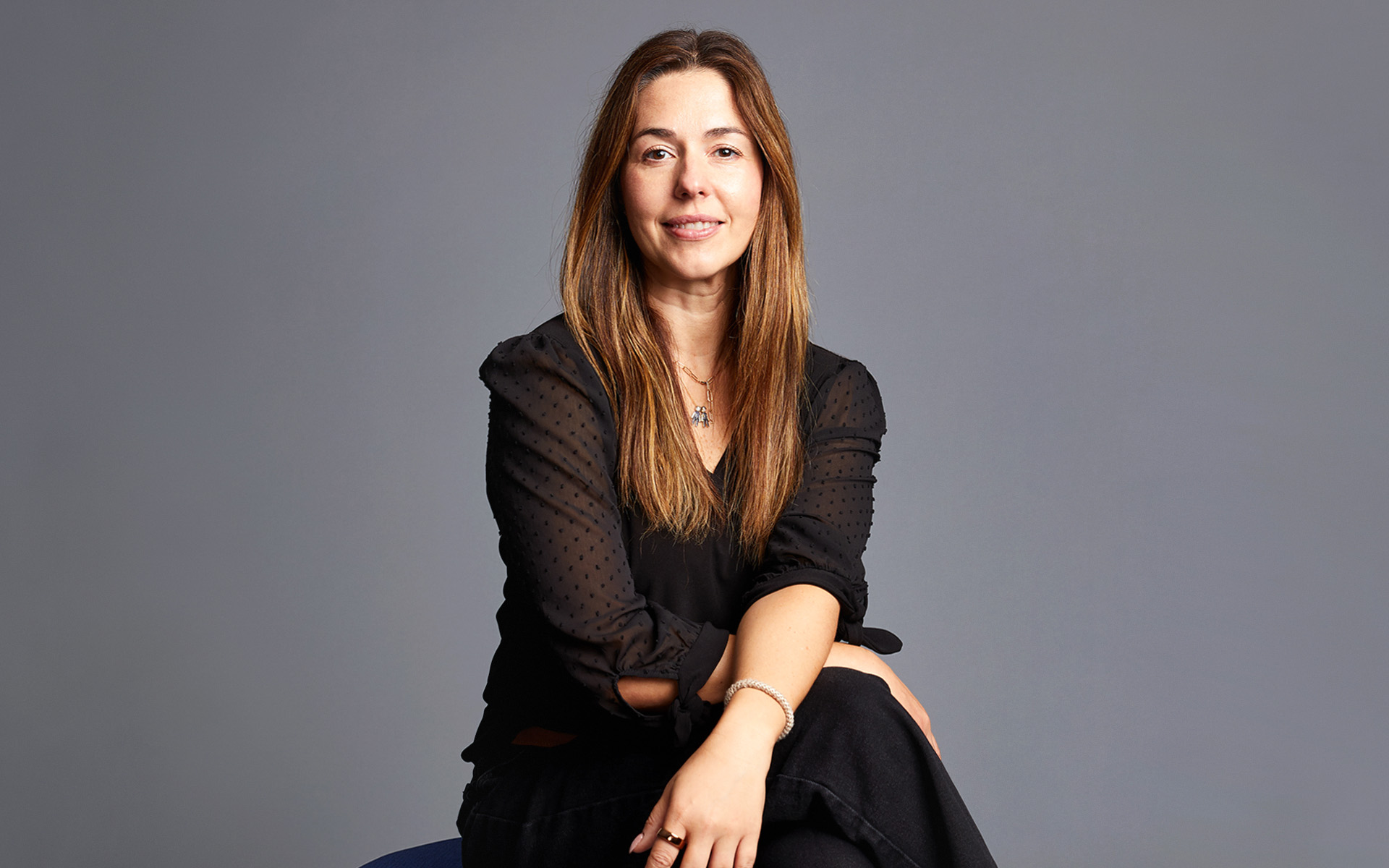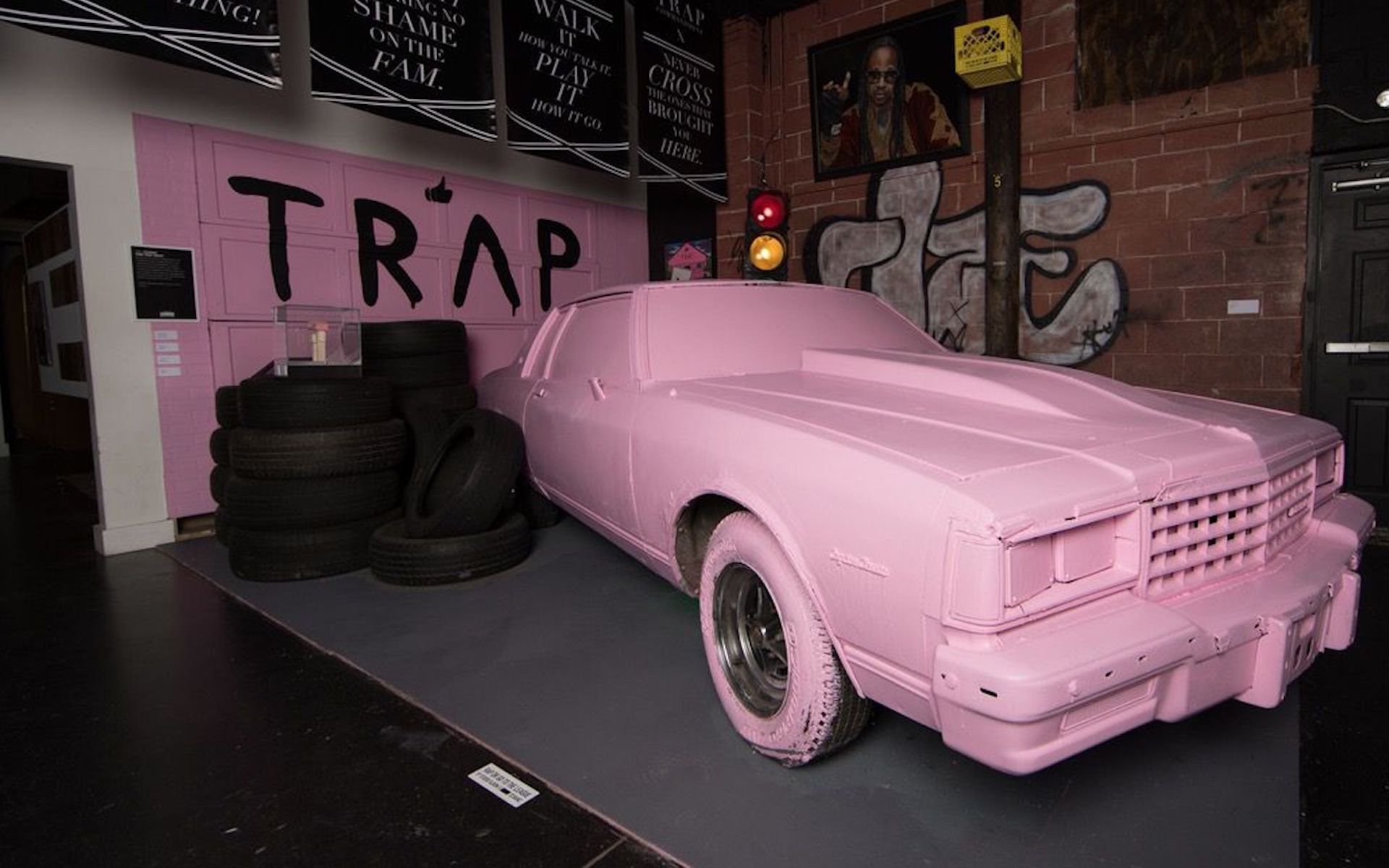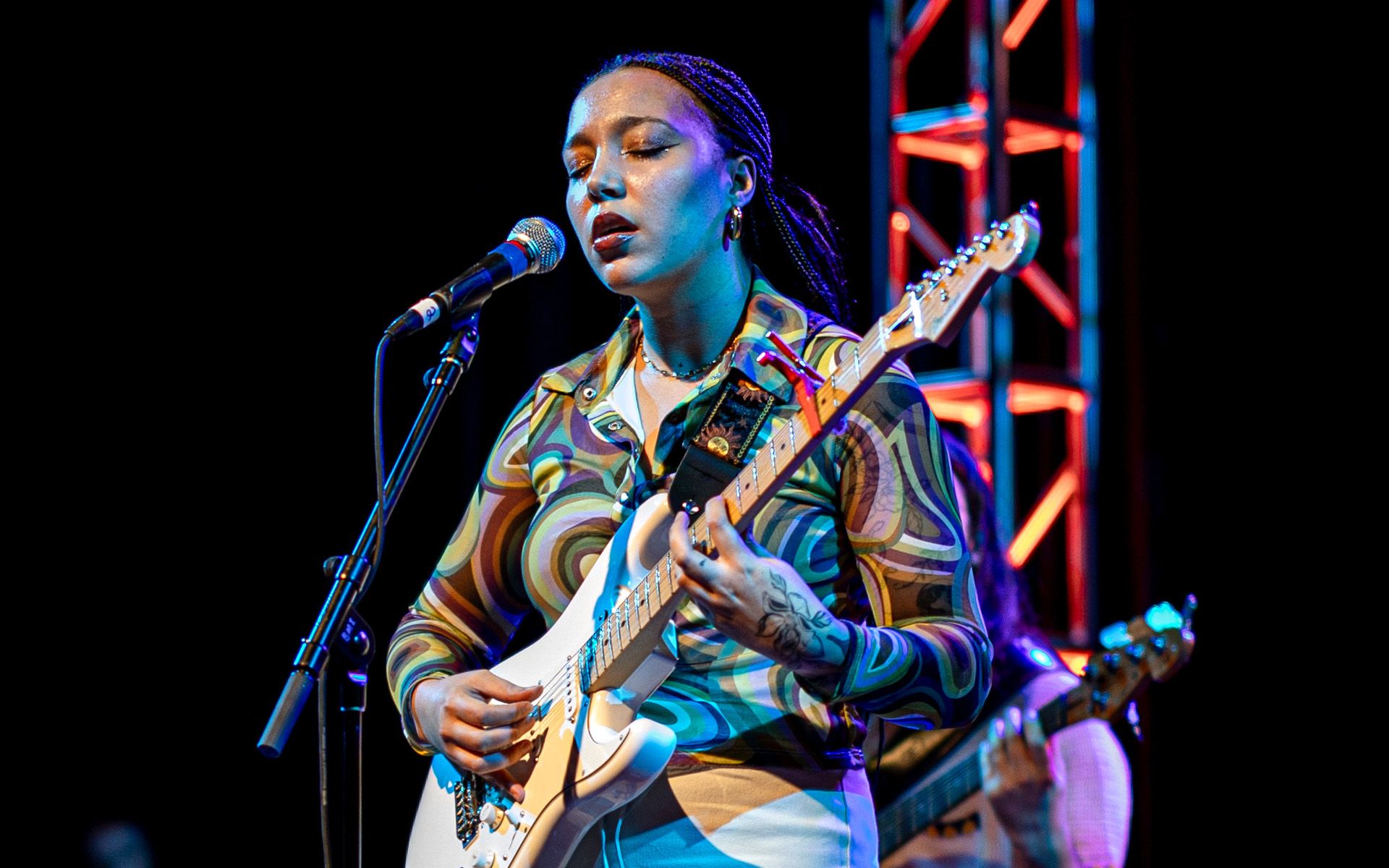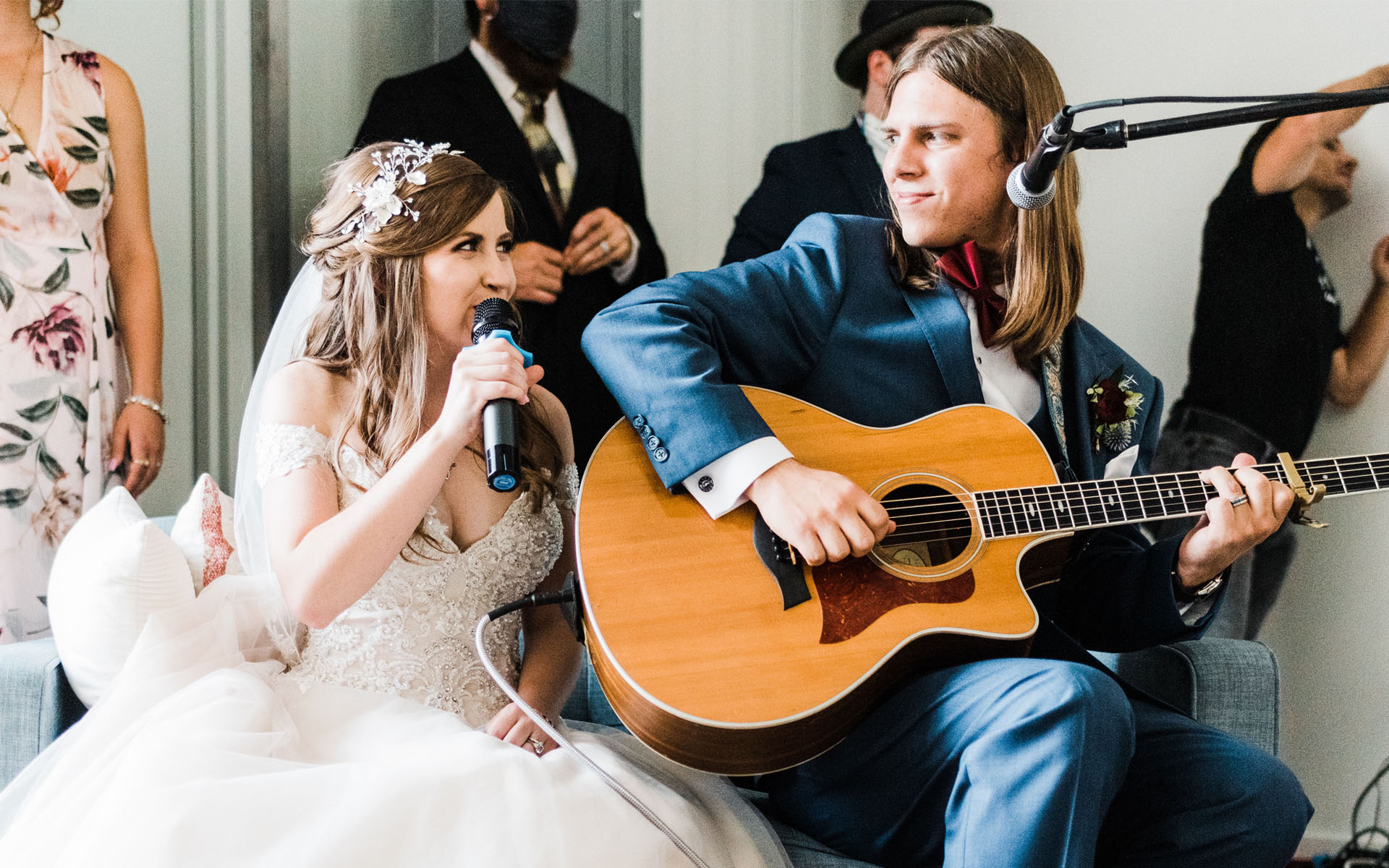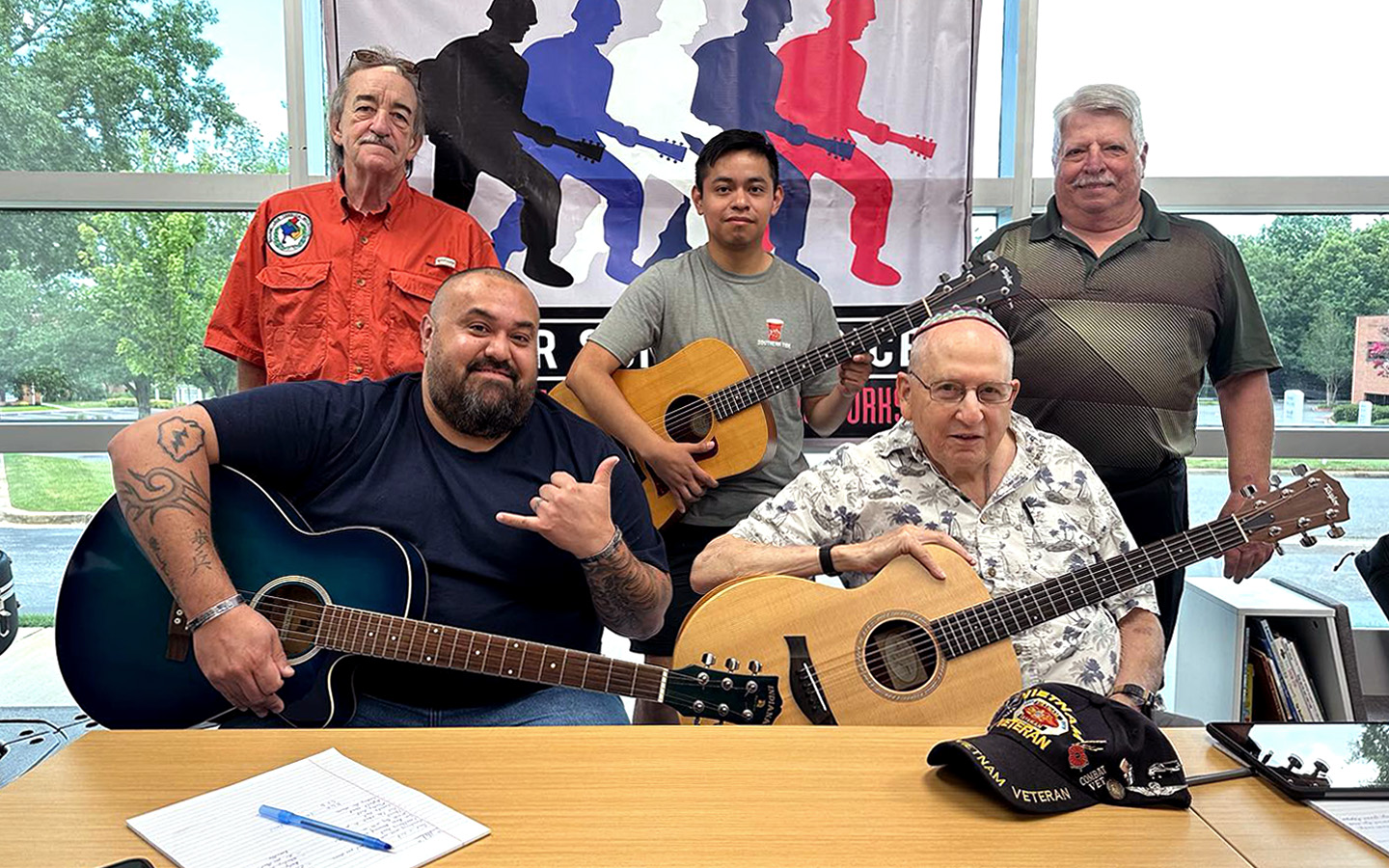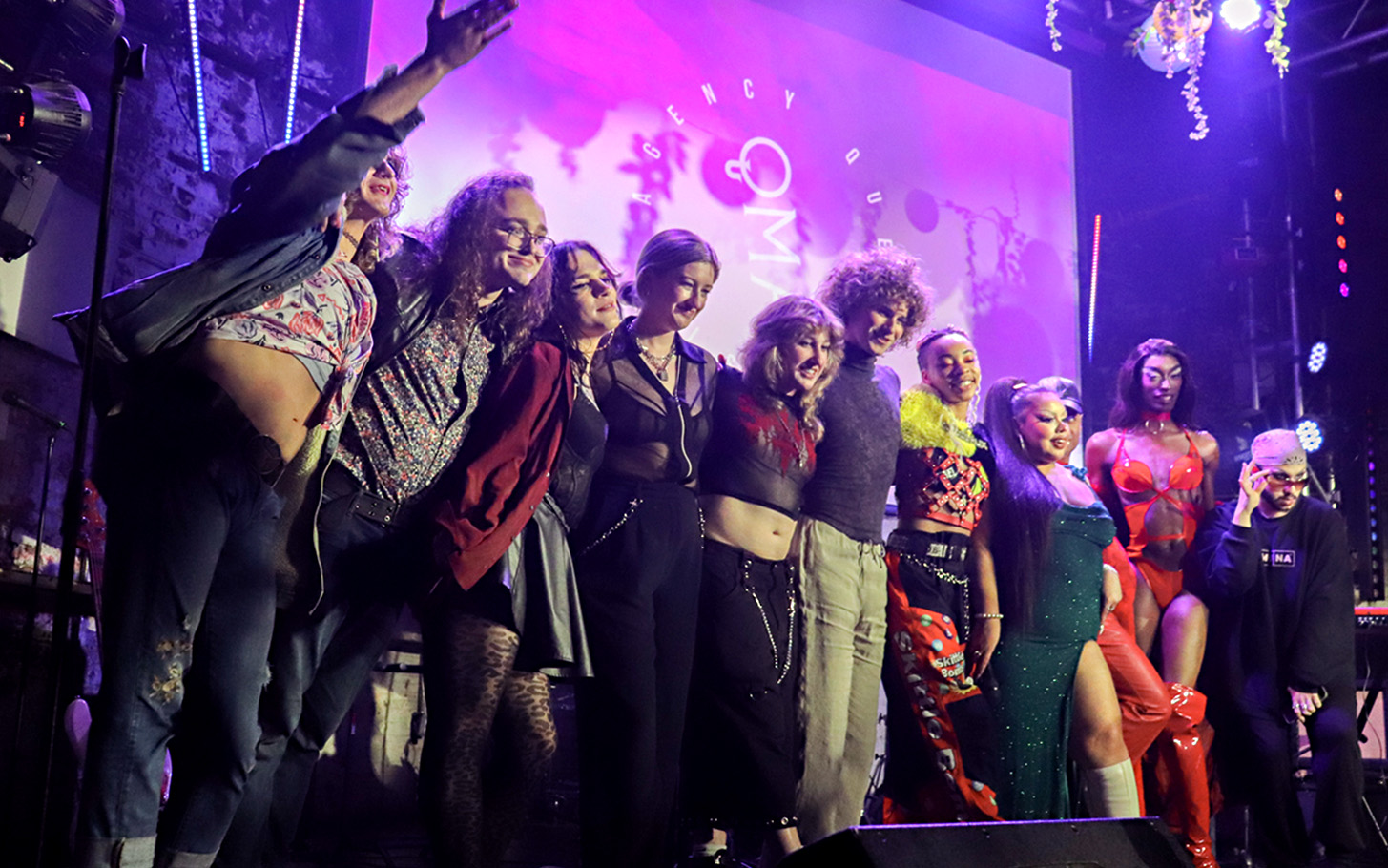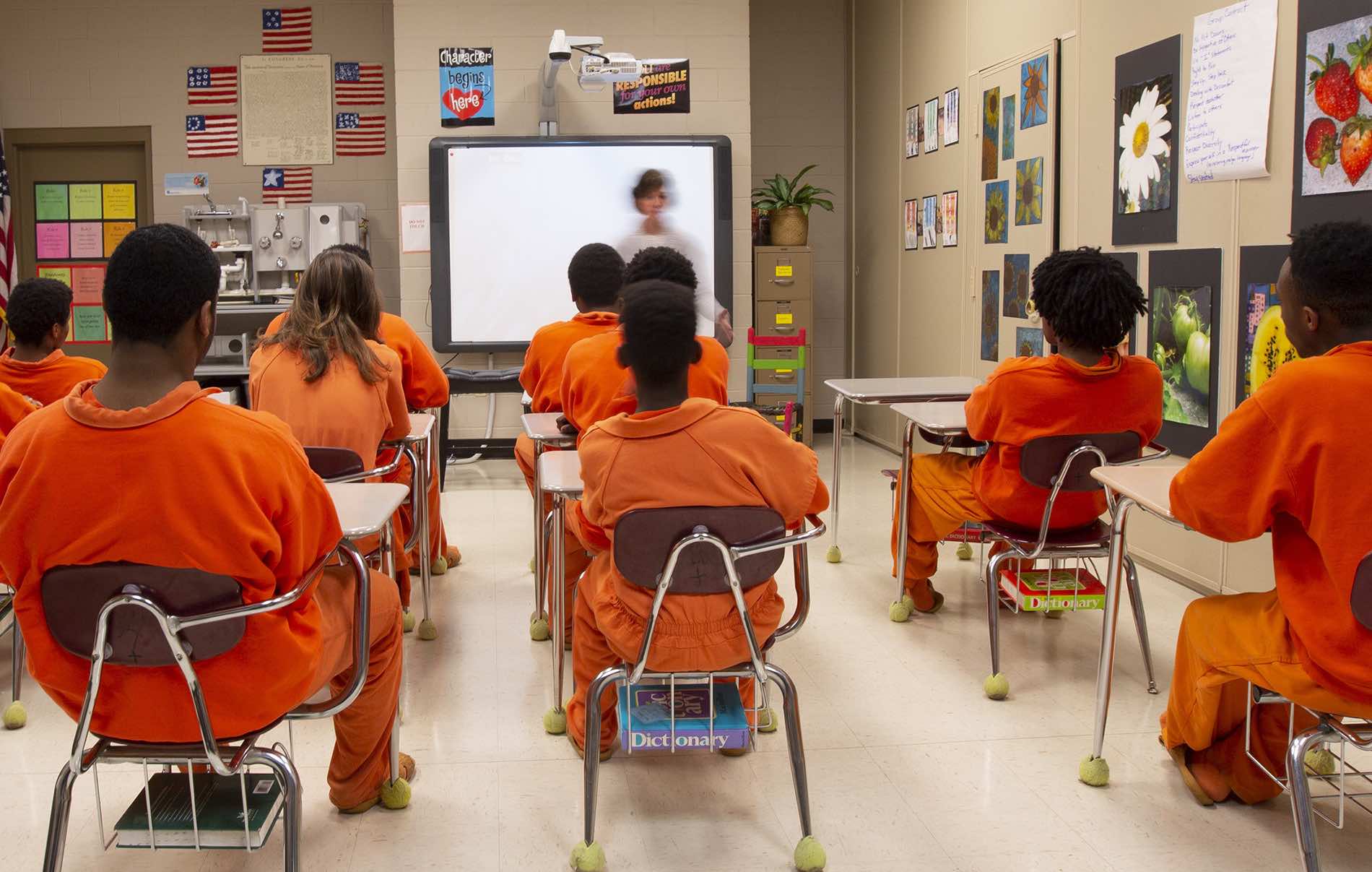Photo courtesy of the Trap Music Museum
If you Google the phrase “best trap songs,” you are likely to see a lot of EDM music by white male artists. For the true pioneers and artists of authentic trap music, the recognition is hardly there, and this goes way beyond search engines. This narrative is not uncommon, especially in American music. Once again, people of color are left out of the historical narrative, similar to the way Elvis Presley is widely regarded as the King of Rock ‘n’ Roll.
What does trap music mean?
But before we get into how we are witnessing the erasure of the pioneers and contributors of trap music in the mainstream, let’s get into what trap is, for the uninitiated. Trap is characterized by busy hi-hats, heavy sub-bass, gritty, and super rhythmic snares, and deep 808 kick drums. It employs several layers of monophonic ideas and a melodic accompaniment expressed with synthesizers.
Who started trap music?
These main characteristics and the signature sound of trap music, began with producer and innovator Shawty Redd.
Shawty Redd
Shawty Redd is an influential producer famously known for his work with Young Jeezy and Gucci Mane, two-thirds of the “trap trinity.” He has been one of the most important producers to ever come out of Atlanta, and has played a vital role in cultivating the sound of trap music.
Shawty Redd got his start as a teenager by producing Drama’s debut album Causin’ Drama. While working on this project, Redd developed what he called “booty-shakin’ hi-hats,” the busy hi-hat sound combined with bass and heavy beats that would take over the world of hip-hop and what would later be named trap.
DJ Toomp
Producer DJ Toomp also played a part in this special time in rap music history. DJ Toomp worked closely with rapper T.I.—the third member of the “trap trinity”—in creating his first four albums I’m Serious, Trap Muzik, Urban Legend, and King, all of which, particularly the first two, are credited for bringing trap together and bringing it into the mainstream.
Trap Music and Atlanta
Undoubtedly, trap came together in what became known as the “Dirty South” in the early 2000s. Traces of the term and sound can be found in some hip-hop from the mid-’90s. In 1995, Atlanta-based hip-hop group Goodie Mob was one of the first on record to use the term “trap.” In rapper Khujo’s verse on “Thought Process” he says:
“In Statesboro and my little cuz Mark Twain, all my folks that hang with me when I was out in the trap or when I was goin’ thru one of our episodes, only God knows, what I go thru so I get down on my knees.”
Why is it called “trap” music?
Nearly all definitions of the word “trap” somehow connect to the genre. Before trap was a sound, it was a place. The dark and grim reality behind trap music is not the first thing people think of with the more popular songs that purport to be trap. RL Grime and Diplo can’t claim to have known the struggles in which this genre was born, but a trap by standard definition is a device or enclosure designed to catch and retain typically by allowing entry but not exit. In slang, a trap is a house commonly in a poor African-American neighborhood where drugs are cooked and distributed, drug deals are made, and other illegal business takes place.
Trap is a lifestyle, one that perpetuates. The term itself is more than appropriate for the climate in which it was born, in that it is difficult to escape. While on the surface trap seems to only talk about sex, drugs, money, and ultimately an idealistic lifestyle, it is more profound. Trap music is unique in a way that it speaks to the cultural and economic disparities that exist in the Black community of both past and present. It details the bleak standard of living in the hood and the observations of life in the streets.
In Outkast’s “SpottieOttieDopalicious” from 1996, Big Boi says:
“United Parcel Service and the people at the post office didn’t call you back because you had cloudy piss, so now you back in the trap, just that, trapped, go on and marinate on that for a minute.”
This example in particular was one of the first times “trap” was more specifically used to describe the hopelessness and feeling of being trapped. This set the tone for the themes that artists within the trap genre would deal with in their rhymes.
Rap music got its start as an outlet to express the reality of people who otherwise wouldn’t have had much of a voice. Trap is likewise deeply connected to the reality of the minority and underprivileged. Its lyrical content demonstrates the desires of a group of people wanting to come up and escape a life plagued by poverty and systemic racism to live the “American Dream” and achieve it the only way seemingly possible.
Lex Luger and Trap’s Second Wave
Trap music began working its way steadily from the ATL streets to the mainstream for two decades. Producer Lex Luger absorbed the influence of DJ Toomp and Shawty Redd and in 2009 he began to contribute to the second wave of trap music’s increasing popularity. Luger was a struggling producer who sent his beats to rapper Waka Flocka Flame, who immediately loved his sound and adopted it for his new tracks at the beginning of the millennium’s second decade. Once his record “Hard in Da Paint” became a hit in 2010, the sound was inescapable and everyone wanted a piece of it.
Luger’s beats became popularized as they began showing up in tracks by Snoop Dogg, Jay Z, Kanye West, and Rick Ross. Not too long after, EDM artists Rustie and Hudson Mohawke began to play Luger’s songs in their set and that’s where the crossover really began. This marks the beginning of what trap has become today. With trap showing up in other genres and slowly working its way to pop music, everyone wanted a piece of the sound.
Producers Mike-Will-Made-It and Metro Boomin’ were among the first to break through to the front line and become as popular as the artists on their tracks. Though the original producers of trap weren’t widely recognized, towards the 2010s, producers began to use producer tags in their beats and the rappers who rapped on them began to shout them out. Thus, people all over the world knew the source for the hypnotic sound. Or at least they knew the secondary source.
Trap Music Today
Pop artists such as Beyoncé and Miley Cyrus sought out the producers and the trap sound became global, spreading to genres such as K-pop, and reggaeton. In 2017, rap and R&B surpassed rock as the most popular and biggest genre in the US, based off of album sales and streams. And trap is arguably rap’s most popular sub-genre. This means that millions of Americans are listening to music that began by exploring the cultural legacy of ongoing struggles of segregation, structural racism, and urban violence.
The overall focus of trap music today has shifted from the true lifestyle of those who are trapped to more or less the aesthetic that encompasses it. The newer generation of trap artists are often criticized for making music that lacks authenticity, individuality, and storytelling. And with this, there are many original trap innovators who don’t condone the direction of trap today, like Shawty Redd—who initially quit music for this very reason.
Redd said in a post-and-delete Instagram post, “I officially shut down my production company. I will not & can not affiliate myself with a generation that don’t know, & don’t wanna know!”
Jeezy vs. Gucci Mane
However, there are also OGs who recognize the need for unity and reconciliation between the older and younger generation of trap and rap artists. In November of 2020, Gucci Mane and Jeezy went head to head and hit for hit on the live streaming hit battle, Verzuz, broadcasted from Atlanta strip club Magic City, where they also addressed their 15-year long beef.
Beef in the rap community between artists, writers, and producers isn’t uncommon. The two initially fell out over ownership over their 2005 collaboration, “So Icy.” This led to the murder of Pookie Loc, an associate of Young Jeezy and an artist on his label at the time. Though Gucci Mane turned himself in, he said it was self-defense, and charges were dropped in 2006 due to insufficient evidence.
After 15 years of back and forth, Jeezy says on the livestream “The shit we came from in the street and the shit we been through, I brought you here to show you the world. We are the culture, what we came through and what we been through.”
Jeezy said after shouting out young rappers Pop Smoke and King Von, both who lost their lives too soon to street violence, “All these kids doing what they do because they saw us.”
The Verzuz event ended with the two joining together to perform “So Icy,” which was such a pivotal moment within the Southern rap community.
“Listen, all respect,” Gucci Mane said. “I appreciate you for throwing out the olive branch—I accept that. No disrespect. It’s all love.”
SAINt JHN 2021 VMAs
Identifying with the celebration and introspection behind trap music, SAINt JHN paid tribute to his humble beginnings in his 2019 song, “Trap,” featuring Lil Baby, which he performed at the 2021 VMAs. In the video below, he breaks down the lyrics line by line, referencing his Guyanese heritage and explaining that one thing that people who look like him have in common is their ambition to break free from being trapped.
Trap Music Museum in Atlanta
On the Westside of Atlanta, visitors can pay tribute to the rich culture of the genre at the Trap Music Museum. That pink car in the featured photo? That once belonged to 2 Chainz, and sat in front of the celebrated, now-defunct Pink Trap House in Atlanta. Now it is parked inside the museum. What began as a temporary pop-up established by rapper T.I., is now a permanent fixture in the city. Filled with items that celebrate the genre’s highs (T.I.’s Grammy is on display), and lows (one of the rooms is a replica of a crack cocaine cook site), the museum is an unflinching look at a style of music that is still evolving, but in danger of losing its roots.
In 2017 T.I. told Nylon magazine, “The thing that’s so special and important about artists like us is that we come from nothing. These environments that we speak of are just atrocious … and what we had to rise up of is unspeakable. So for us to take something that’s so gruesome … we took the crack epidemic basically, and the war on drugs, and a system that was set up for us to fail, and we made something out of it that was positive and that we could actually use to our advantage rather than falling victim to it. Those experiences, those accounts, those details of our childhood, we applied and used it for our music. Whether it was introspective or whether it’s celebratory, it seeds and fuels the music that we put out.”
The Future of Trap Music
While the future of trap is in question, there’s no question that a need exists to take a step back and recognize the roots of a genre that has so powerfully influenced the entire direction of popular music. It seems possible that society is evolving in a way that makes it less likely that the originators of trap will suffer the same fate of “forgotten” that rock ‘n’ roll’s earliest Black innovators faced. We can start by giving credit where credit is due by digging deeper into the history and acknowledging that the popular music we hear today can be traced back to the work of Black trap artists of the “Dirty South.”

